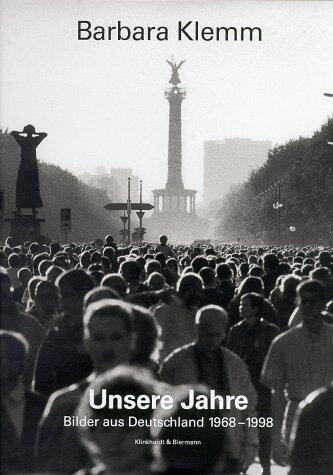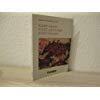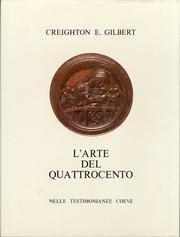
Architektur und Politik in Deutschland 1918–1945
Inga betyg ännu
Art & Photography
Format
Pocketbok
Sidor
250
Språk
Tyska
Publicerad
Jan 1, 1986
Förlag
Vieweg+Teubner Verlag
Utgåva
Softcover reprint of the original 1st ed. 1986
ISBN-10
3528087072
ISBN-13
9783528087074
Beskrivning
This scholarly work delves into the intricate relationship between architecture and politics in Germany during the tumultuous years from 1918 to 1945. It explores how architectural movements were influenced by, and often reflected, the prevailing political ideologies of the time. Through meticulous research and analysis, the author uncovers the ways in which architects responded to the societal changes brought about by the Weimar Republic, the rise of the Nazi regime, and the subsequent impacts of World War II.
The narrative is rich in historical context, offering insights into the architectural styles that emerged during this dynamic period. It highlights key figures and their contributions, demonstrating how their designs were often intertwined with the aspirations or oppression of the political landscape. By examining various buildings and urban planning initiatives, the text illustrates how architecture served as a medium for both expression and propaganda.
Lane's work is not solely a history of buildings but also a commentary on the moral and ethical responsibilities of architects in times of crisis. It poses critical questions about the role of architecture in shaping national identity and cultural memory, forcing readers to consider the implications of their built environment.
As it traverses the complex interplay of aesthetics and ideology, this exploration sheds light on the legacy of that era, prompting a reflective examination of contemporary architecture in relation to its historical roots. Lane’s insightful analysis makes this a compelling read for those interested in architecture, history, and political theory.
The narrative is rich in historical context, offering insights into the architectural styles that emerged during this dynamic period. It highlights key figures and their contributions, demonstrating how their designs were often intertwined with the aspirations or oppression of the political landscape. By examining various buildings and urban planning initiatives, the text illustrates how architecture served as a medium for both expression and propaganda.
Lane's work is not solely a history of buildings but also a commentary on the moral and ethical responsibilities of architects in times of crisis. It poses critical questions about the role of architecture in shaping national identity and cultural memory, forcing readers to consider the implications of their built environment.
As it traverses the complex interplay of aesthetics and ideology, this exploration sheds light on the legacy of that era, prompting a reflective examination of contemporary architecture in relation to its historical roots. Lane’s insightful analysis makes this a compelling read for those interested in architecture, history, and political theory.
Recensioner
Inga recensioner ännu
Bli den första att recensera denna bok och dela dina tankar
Lägg till första recensionenLäsdagbok
Inga läsloggar hittades
Börja spåra dina läsframsteg för att se loggar här
Lägg till din första läsloggAnteckningar
Inga anteckningar hittades
Börja skriva anteckningar för att se dem här
Lägg till din första anteckningTransaktionslogg
Inga transaktionsloggar hittades
Börja spåra dina boktransaktioner för att se loggar här
Lägg till din första transaktionslogg








![Zwischen Abstraktion und Wirklichkeit : Fotografie der 50er Jahre, Kunstverein Ludwigshafen am Rhein e. V., 6.11.1998 bis 31.1.1999 / [Herausgeber: ... und Katalog: Barabara Auer]](https://images.bookpine.com/36105348-f304-43e4-8272-979663722853.jpg)









